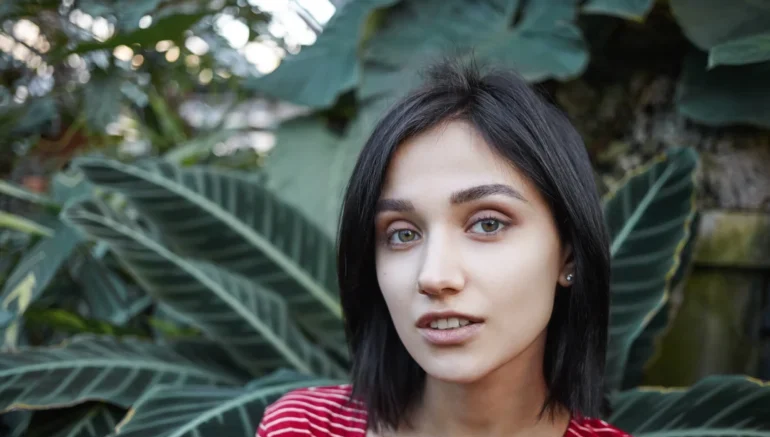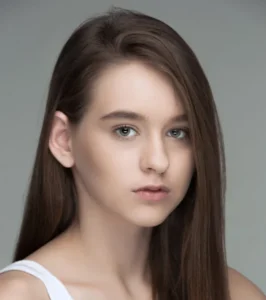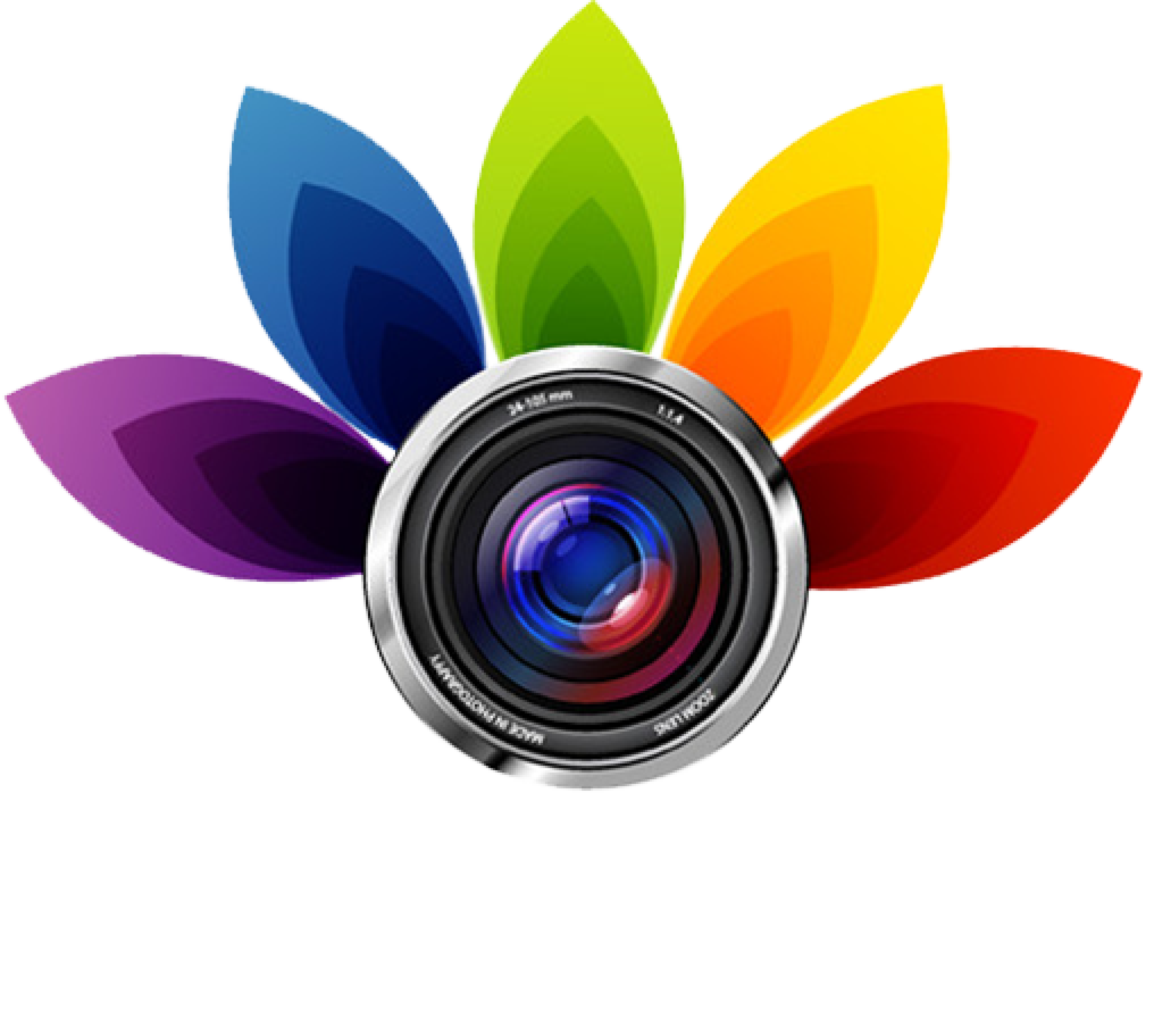
Easy Tips for Perfect Beginner-Friendly Headshots
Taking perfect beginner-friendly headshots may feel intimidating at first, but it doesn’t have to be. These headshots focus on simplicity and the basics, so you don’t need expensive gear or years of experience to get professional-looking results. With a little practice and the right approach, anyone can create ideal beginner headshots. This guide will show you everything you need to know, from setting up to taking the shot.
The key to a beginner-friendly headshot is keeping things straightforward. Focus on the person’s face, use good lighting, and choose a simple background. These elements will help you create a photo that looks polished and natural. Even if you’re using a DSLR, a mirrorless camera, or even a smartphone, the principles remain the same. By following these steps, you’ll be able to take headshots that stand out.
Remember, the goal is to make the person look their best while keeping the process easy and stress-free. A beginner-friendly headshot doesn’t require perfection, just a good understanding of the basics. With time and practice, you’ll improve and gain confidence in your skills. Let’s dive into the steps to help you get started.
Understanding Beginner-Friendly Headshot Basics
 Taking perfect beginner-friendly headshots is easier than it seems, even for beginners. These headshots focus on simplicity and highlighting the person’s face. You don’t need fancy equipment or years of experience to get started. A basic camera, good lighting, and a clean background can make a big difference. The goal is to help the person look natural and confident, creating perfect beginner-friendly headshots without overcomplicating the process. Lighting is very important for a beginner-friendly headshot. Natural light works best because it’s soft and easy to work with. If you’re indoors, try to position your subject near a window.
Taking perfect beginner-friendly headshots is easier than it seems, even for beginners. These headshots focus on simplicity and highlighting the person’s face. You don’t need fancy equipment or years of experience to get started. A basic camera, good lighting, and a clean background can make a big difference. The goal is to help the person look natural and confident, creating perfect beginner-friendly headshots without overcomplicating the process. Lighting is very important for a beginner-friendly headshot. Natural light works best because it’s soft and easy to work with. If you’re indoors, try to position your subject near a window.
Avoid harsh shadows by making sure the light is even on their face. If you’re using artificial light, keep it simple with one or two soft lights. Too much light can make the photo look unnatural, so aims for balance.
The background should be clean and not distracting. A plain wall or a simple backdrop works very well for a beginner-friendly headshot. Avoid busy patterns or radiant colors that take attention away from the person. If you’re outdoors, find a spot with a neutral background, like a park or a building with a simple design.
Setting Up Your Space for Headshots
 Before you start shooting, take time to set up your space. For a beginner-friendly headshot, the right setup can make a big difference. Position your subject so they’re comfortable and relaxed. A stiff pose can make the photo look forced, so encourage them to sit or stand naturally. Make sure their faces are radiant and the background is ready. A little preparation can save you a lot of editing later.
Before you start shooting, take time to set up your space. For a beginner-friendly headshot, the right setup can make a big difference. Position your subject so they’re comfortable and relaxed. A stiff pose can make the photo look forced, so encourage them to sit or stand naturally. Make sure their faces are radiant and the background is ready. A little preparation can save you a lot of editing later.
The camera settings are also very important. If you’re using a DSLR or mirrorless camera, set it to portrait mode or use a wide aperture (like f/2.8 or f/4) to blur the background. This helps keep the focus on the person’s face. If you’re using a smartphone, tap on the screen to focus on their eyes. Keep the camera at eye level or slightly above for a more flattering angle. Avoid shooting from below, as it can make the face look less balanced.
Communication is key when taking perfect beginner-friendly headshots. Talk to your subject and help them feel at ease, as a relaxed person looks more natural in the photo. Give simple directions like “smile softly” or “look slightly to the side.” Avoid overloading them with instructions, which can make them feel self-conscious, and keep the focus on creating perfect beginner-friendly headshots.
Tips for Getting the Perfect Shot
 When you’re ready to take the photo, focus on the person’s expression. A genuine smile or a calm look can make the headshot stand out. For a beginner-friendly headshot, it’s better to take multiple shots so you have options to choose from. Encourage your subject to try different expressions, like a serious look or a slight smile. This gives you more variety and increases the chances of getting a great shot. Pay attention to small details like hair and clothing. Make sure their hair is neat and not covering their face. Clothing should be simple and not too busy, as patterns can distract from the face.
When you’re ready to take the photo, focus on the person’s expression. A genuine smile or a calm look can make the headshot stand out. For a beginner-friendly headshot, it’s better to take multiple shots so you have options to choose from. Encourage your subject to try different expressions, like a serious look or a slight smile. This gives you more variety and increases the chances of getting a great shot. Pay attention to small details like hair and clothing. Make sure their hair is neat and not covering their face. Clothing should be simple and not too busy, as patterns can distract from the face.
Solid colors like black, white, or neutral tones work very well. Avoid logos or radiant colors that might take attention away from the person. After taking the photos, review them with your subject, one of the key headshot tips. This helps them feel involved and provides feedback on what they like. For a beginner-friendly headshot, it’s okay if not every shot is perfect. Choose the ones with the best lighting, expression, and focus. A little cropping or brightness adjustment can help, but keep editing minimal to maintain a natural, professional look.
Choosing the Right Gear for Headshots
 You don’t need the most expensive gear to take a good headshot. For a beginner-friendly headshot, a basic camera or even a smartphone can work just fine. If you’re using a camera, a 50mm lens is a great choice because it’s adaptable and works well for portraits. Smartphones today have excellent cameras, so they don’t underestimate their potential. The key is to understand how to use your equipment effectively.
You don’t need the most expensive gear to take a good headshot. For a beginner-friendly headshot, a basic camera or even a smartphone can work just fine. If you’re using a camera, a 50mm lens is a great choice because it’s adaptable and works well for portraits. Smartphones today have excellent cameras, so they don’t underestimate their potential. The key is to understand how to use your equipment effectively.
A tripod can be very helpful, especially if you’re shooting alone or want to keep the camera steady. It also allows you to focus on directing your subject without worrying about holding the camera. If you’re using artificial lighting, a simple softbox or ring light can make a big difference. These tools are affordable and easy to use, making them perfect for beginners. A tripod can also help you maintain consistent framing and angles, making sure each shot looks professional and well-composed.
Accessories like reflectors are helpful headshot tips for improving your photos. A reflector bounces light onto the subject’s face, reducing shadows and creating a more even look. You don’t need a professional reflector—simple items like a white poster board or piece of foam can work just as well.
Posing Made Simple for Headshots
 Posing can feel awkward for both the photographer and the subject, but it doesn’t have to be. For a beginner-friendly headshot, keep the poses natural and relaxed. Start by having your subject face the camera directly, then ask them to turn slightly to the side for a more effective look. Avoid stiff or overly formal poses, as they can make the photo feel unnatural. You can also suggest they think of something that makes them happy to bring out a genuine expression. Encourage your subject to relax their shoulders and sit or stand up straight for perfect beginner-friendly headshots.
Posing can feel awkward for both the photographer and the subject, but it doesn’t have to be. For a beginner-friendly headshot, keep the poses natural and relaxed. Start by having your subject face the camera directly, then ask them to turn slightly to the side for a more effective look. Avoid stiff or overly formal poses, as they can make the photo feel unnatural. You can also suggest they think of something that makes them happy to bring out a genuine expression. Encourage your subject to relax their shoulders and sit or stand up straight for perfect beginner-friendly headshots.
Good posture greatly improves how the photo looks. If they’re sitting, make sure that they’re comfortable and not slouching. Small adjustments, like tilting the head slightly or shifting weight, can add variety and make perfect beginner-friendly headshots more effective.
Expressions are just as important as poses. A genuine smile or a calm, confident look can make the headshot stand out. For a beginner-friendly headshot, it’s better to keep expressions natural rather than forced. Give your subject simple directions and let their personality shine through. The more comfortable they are, the better the results will be.
Editing Your Headshot Like a Pro
 Editing is the final step in creating a great headshot, but it doesn’t have to be complicated. For a beginner-friendly headshot, keep the edits minimal and focus on improving the natural look of the photo. Adjust the brightness and contrast to make sure the face is radiant, and the colors are balanced. Avoid over-editing, as it can make the photo look unnatural. A fine touch-up is often all you need to make the photo stand out.
Editing is the final step in creating a great headshot, but it doesn’t have to be complicated. For a beginner-friendly headshot, keep the edits minimal and focus on improving the natural look of the photo. Adjust the brightness and contrast to make sure the face is radiant, and the colors are balanced. Avoid over-editing, as it can make the photo look unnatural. A fine touch-up is often all you need to make the photo stand out.
Cropping is another important step. Make sure the person’s face is the focus of the photo. A good tip is to crop just above the shoulders or at the chest. This keeps attention on their expression and eyes. If you’re using editing software, take advantage of tools like spot healing to remove small blemishes or distractions. You can also experiment with slight adjustments to sharpness to make the details pop.
Finally, save your edited photo in a high-quality format. This makes sure that the headshot looks professional and is ready to use for resumes, social media, or other purposes. Remember, the goal of a beginner-friendly headshot is to keep it simple and natural, so don’t overthink the editing process.
Conclusion
Taking a great headshot is a skill that improves with practice, and starting with a beginner-friendly approach makes it easier to learn. By focusing on the basics like lighting, background, and posing, you can create professional-looking photos without feeling overwhelmed. Remember, the goal is to make the person look their best while keeping the process simple and enjoyable.
As you continue practicing, you’ll develop your own style and techniques. Don’t be afraid to experiment with different setups, poses, and expressions. Over time, you’ll gain confidence and be able to take headshots that stand out. The key is to stay patient and keep learning.
A beginner-friendly headshot doesn’t require perfection, just a good understanding of the fundamentals. With these tips, you’re well on your way to creating headshots that look polished and professional. So, grab your camera, find a willing subject, and start practicing today.
Read Next: Top 4 Headshot Skills for Professionals to Look Their Best





